The recent heat waves and bushfire damaged transmission lines in parts of NSW and Victoria created such unprecedented strain on the grid that the NSW Energy Minister made a broad appeal even to residents in Sydney, unaffected by fires, to reduce their power usage. Our tragic bushfire crisis showcased that more needs to be done to ensure Australians have access to stable and reliable electricity.
Make no mistake, the progress made by the investment in renewables from the private sector should not be underplayed. In fact, the Clean Energy Regulator announced in September last year that Australia had exceeded the government’s Large-Scale Renewable Energy Target (LRET) of 33,000 GWh a year ahead of schedule.
The debate has shifted even further with broad consensus for a national renewable energy policy beyond targets from the Paris Agreement, now that these have been met in the energy sector. The intense bushfire season has further reinforced that climate change is real, and action needs to be swift and made at the federal level.
In place of a national renewable energy policy, the private sector has been leading Australia’s response to renewable energy. Power purchase agreements between developers and investors of large-scale wind and solar farms have enabled us to energise our homes and cities with renewable energy. Just last year Canberra became the first city outside of Europe to effectively be powered by 100% renewable energy. Nationally, the benefits of this investment are starting to be realised by consumers, as renewable energy becomes the cheapest source of energy with the forecasted energy prices expected to fall a further 7.1% from 2019 to 2021. This is the first time in a decade that Australians have seen their power bills fall.
However, consistent long term planning and alignment over our approach to energy leaves much to be desired, something recently recognised by Kerry Schott, chair of the Energy Security Board. As AEMO has made clear, Australia will need to triple its renewable energy plants by 2040 to replace the coal power plants scheduled to close.
This failure to truly consider the problem is now costing us. For example, this summer AEMO has been forced to lock in a record 1600 megawatts of emergency reserves, at an estimated cost of $44 million, to help the electricity grid survive expected black-outs. In previous summers, AEMO has called on major industries to cut production when it looked like large blackouts were looming. Having to scramble every year to meet energy demands is not a sustainable approach.
Investment in renewables is only one side of the equation, the other and equally important is large-scale energy storage.
In terms of generation, AEMO’s draft Integrated System Plan estimates that more than 30GW of large-scale renewable energy is needed to replace coal-fired generation in the next twenty years. Alongside this, up to 21GW of new dispatchable resources are needed to back up renewables. A large part of this will need to be made up by large-scale batteries.
Taking Victoria as a specific example, it’s estimated by energy analysts that the state would need about ten new wind farms and a major increase in large-scale batteries to offset an early closure of the Yallourn power station and maintain energy stability.
Far from being a Hollywood solution or akin to the world’s biggest banana — investment in large-scale battery storage will help solve many of Australia’s current energy issues. Energy storage, currently provides the best option for reducing the current strain placed on the grid and helping to regulate supply. Batteries, by storing energy in times of high generation, i.e. on particularly sunny or windy days and then dispacting it during peak times of consumption, help to ensure that Australians have reliable access to electricity. Over time, this will greatly reduce the threat of blackouts.
South Australia’s big battery and Maoneng’s own portfolio, which includes four large-scale batteries in NSW, will be key components of ensuring long term stability. However, we need to do more and act quicker. Renewable energy generators need to continue forging relationships with major energy incumbents and also work in lock-step with the government and regulators. Longterm, we need to recognise that Australia’s energy grid is not fit for purpose. As it stands, it is struggling to cope with the various energy sources feeding into it and consumers will suffer as a result.
Energy prices for consumers may be dropping in the short term, but what comes next? Without a new national target to create policy certainty, it will again be left up to the private sector to pioneer Australia’s renewable energy future to have a sustainable and bright future.
The views and opinions expressed in this article are the author’s own, and do not necessarily reflect those held by pv magazine.
This content is protected by copyright and may not be reused. If you want to cooperate with us and would like to reuse some of our content, please contact: editors@pv-magazine.com.
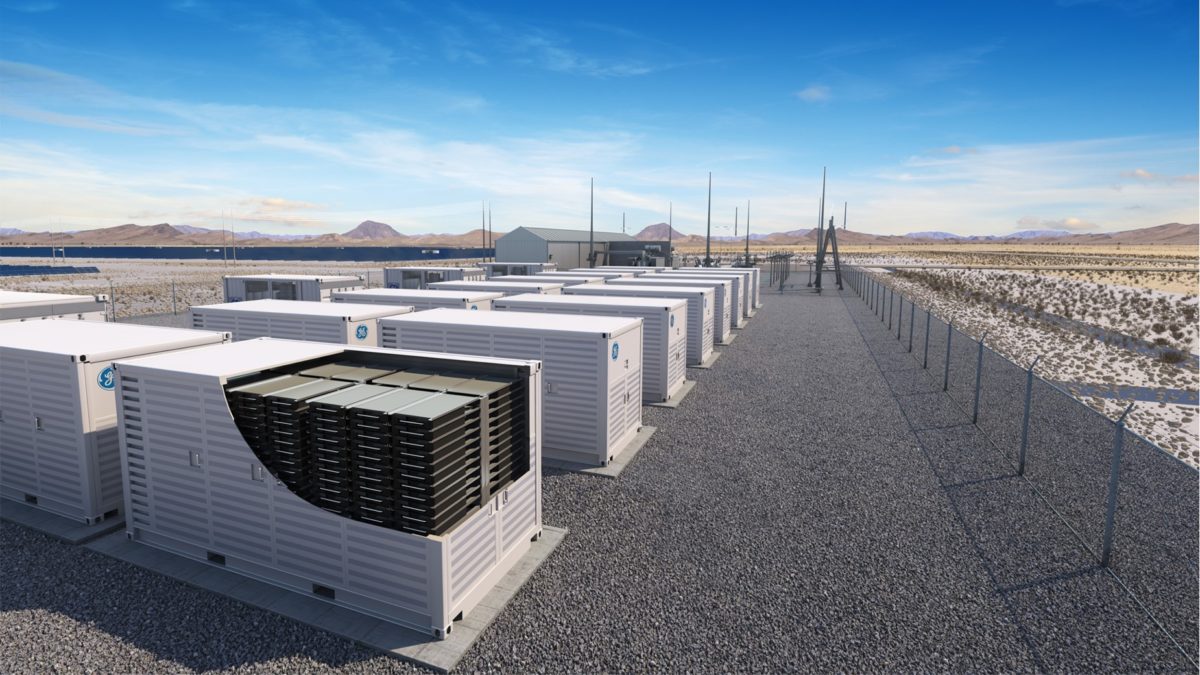
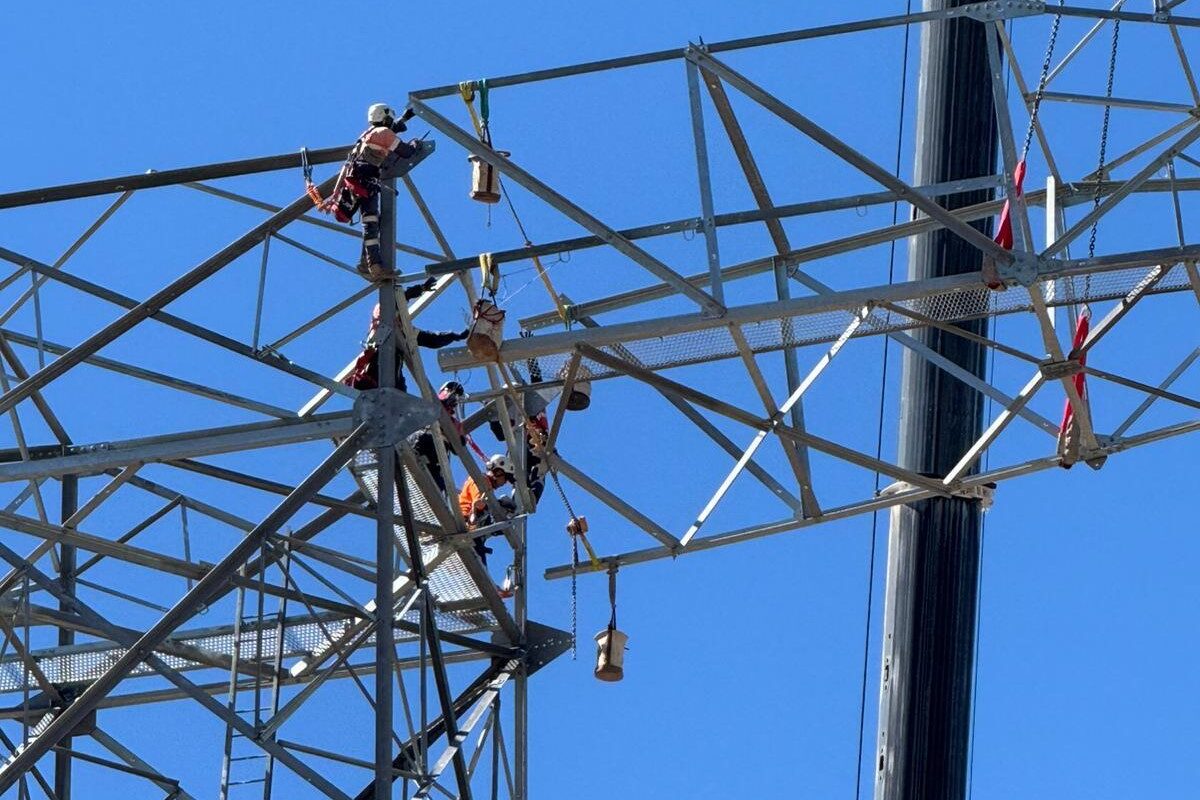


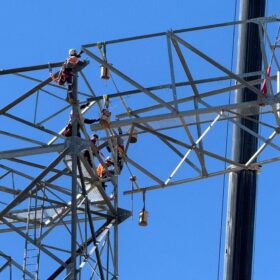
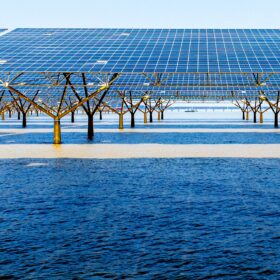
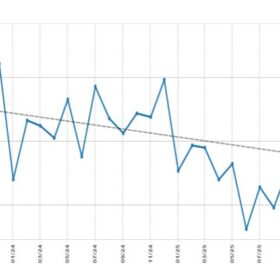
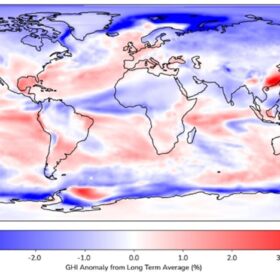
1. Demand response or controllable demand is a sensible solution. In the good old days – 2010-, The NEM had 49-50 GW of generation capacity to meet peak demand of 35 GW to serve a bit under 20 m people. California with a similar climate and an economy 2.2 times as large had peak demand of about 55 GW. If we had had a proper demand response regime we could have saved about $20 bn in Capex and $2-3 bn per year in opex. Why would you not do that. IOT makes distributed demand response down to the appliance level practicable, so within 10 years you could see peak demand reduced by 10-20%, much more than the current 1,500 MW, quite possibly as high as 5,000 MW+
2. Almost 50% of loads end up being thermal (heating, cooling, refrigeration) and storing cold as ice or PCMs and heat as hot water, hot oil or molten salt, molten metals is usually 1/5th to 1/10th the cost of batteries even just precooling/preheating houses so again there is significant potential to build storage without batteries.
3. Australia already has a very large battery called the hydro system. At peak it can provide almost 23% of peak demand. For $3-5 bn the current plants could be upgraded for a 2-3 hour peak of 10 GW.
4. Minimum wind + solar at demand peak on high demand days now is around 3 GW. To have a 95% renewable grid we need to add about 25 GW of solar and 30 GW of wind, this will mean minimum wind and solar at peak demand will be about 12-15 GW
In conclusion, combined energy efficiency, demand response and accelerated thermal storage should see peak NEM demand down to less than 28 GW. With say 8-9 GW of hydro/pumped hydro and 12-15 GW of wind and solar which means that minimum generation from other renewables/backup will need to be about 4-8 GW for three-five hours. There are non peak periods in winter nights where wind will be down to perhaps 3-5 GW and again there will be 18-20 GW of demand, existing hydro won’t fill the gap so perhaps at those time 6-8 GW 10-12 hours will be required but will it come from batteries, gravity storage or more pumped hydro or even hydrogen. Certainly in SA where there is no hydro batteries make a big difference but it is by no means clear that a huge deployment of batteries will be required.